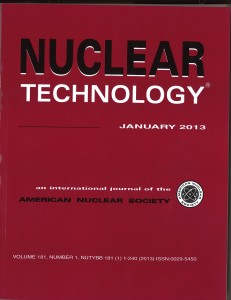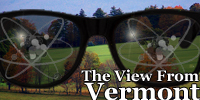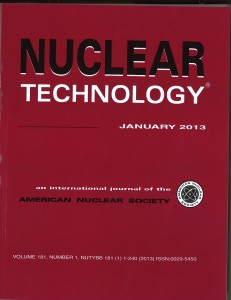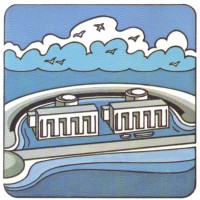Virginia ANS section discovers hidden asset - Clay Condit
On January 31, 2013, about 30 lucky members of the Virginia section of the American Nuclear Society heard a series of informative tales from one of the many innovative pioneers of the First Atomic Age. Clay Condit, a man overflowing with personal memories of important nuclear energy milestones-like the initial start-up of the Submarine Thermal Reactor and the post accident analysis of the SL-1 tragedy-entertained the assembled members for a little more than an hour.





 This month's post discusses my ideas on an issue I've been thinking about for awhile. Although we have four new reactors under construction in the United States (at
This month's post discusses my ideas on an issue I've been thinking about for awhile. Although we have four new reactors under construction in the United States (at 
 Three courts, three cases
Three courts, three cases



